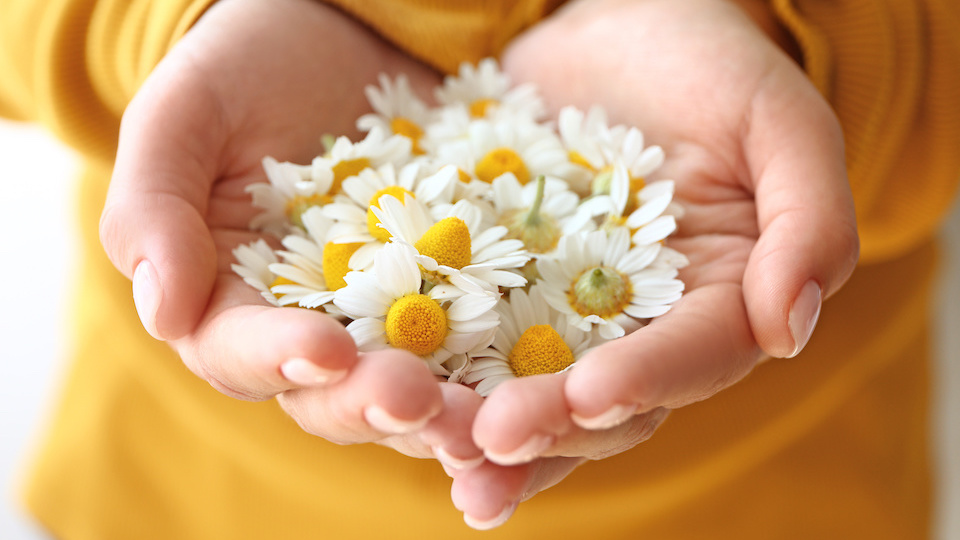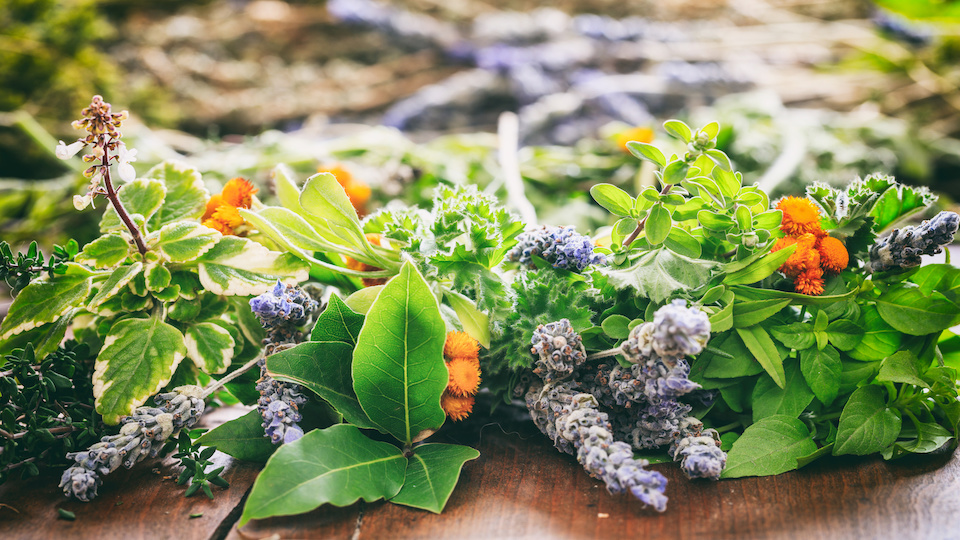The One Herb Everyone Should Grow Now
During these uncertain times, fear and anxiety for the future are commonplace. If you’re struggling to relax and find that you can’t unwind, it may be time to plant a lovely, aromatic patch of chamomile in your herb garden to help ease your worries. Here’s why we love this useful herb and how you can grow some today.



